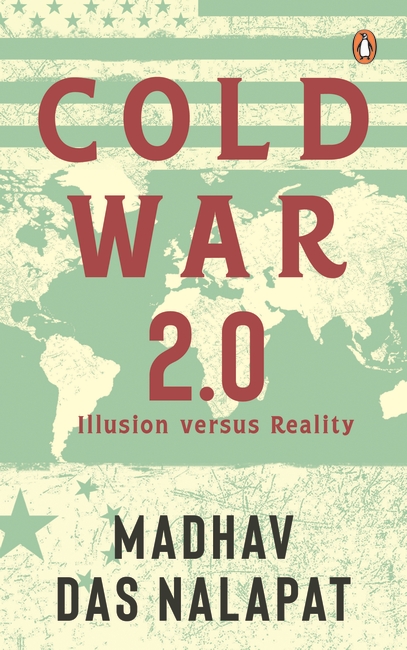
Cold War 1.0 was fought principally between the US and the Union of Soviet Socialist Republics. Soon after the collapse of the latter, Cold War 2.0 began. Just as with the earlier Cold War, this is also a battle of systems on an existential trajectory. This time around, the principal protagonists are the US and the People Republic of China (PRC). Those who deny the reality of the new Cold War, believe that Cold War 1.0 has reappeared, this time with the Russian Federation replacing the Soviet Union as the opponent. Such a view ignores the changes to the global order caused by the increasingly visible efforts of the PRC to replace the US as the prime mover influencing the trajectory of the twenty-first century.
Rather than a rearview mirror perspective on the current geopolitics, what is needed is a forward looking view of the overall relationship between not just the four Great Powers (China, the US, Russia and India) but also key players such as the European Union. From the 1980s, China has harnessed geopolitical currents to rise from a poverty-stricken behemoth to a superpower. India’s inability or unwillingness to adopt the same practical approach has thus far constrained its rise.
The book details the crosscurrents of Great Powers’ dynamics in the twenty-first century, and why it is important for a future-focused rather than a past-obsessed approach towards each other by the two biggest democracies on the planet, India and the US. Each needs to reinforce the other to jointly overcome the multi-dimensional challenge posed by the Communist Party of China to the global future. Just as in the case of Cold War 1.0, the democracies need to prevail in Cold War 2.0 as well.
Imprint: India Viking
Published: Aug/2023
ISBN: 9780670098415
Length : 256 Pages
MRP : ₹699.00
Get ready to clear some space on your bookshelves as we present you our newest releases for the month of August! From riveting political commentaries and self-help books that unlock your true potential to gripping tales of love and transformation and historical explorations, these remarkable reads are set to take over your library and will […]
